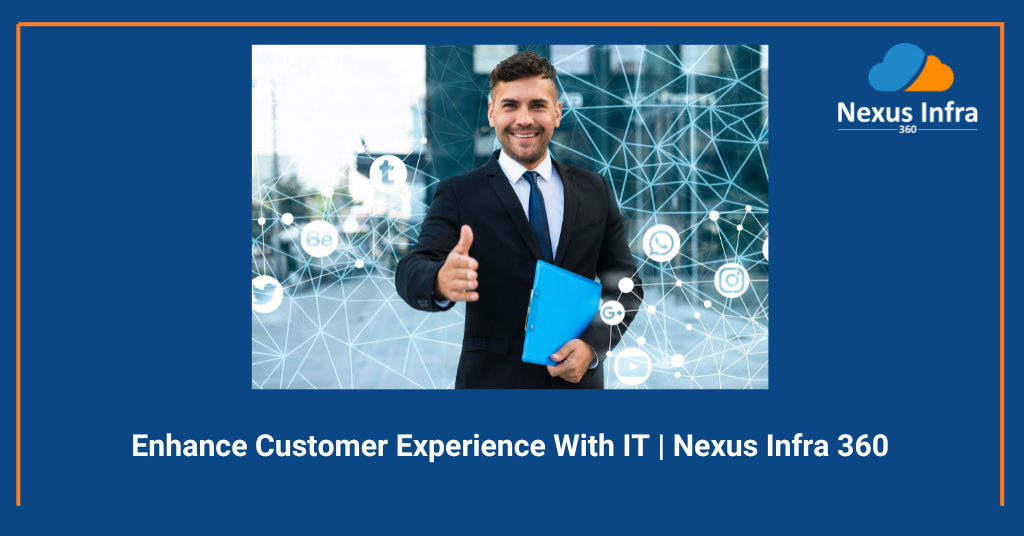In today’s competitive business landscape, customer experience is a key differentiator. Companies that prioritize delivering a seamless, personalized, and efficient experience often stand out from the competition. Nexus Infra 360 emphasizes that information technology (IT) plays a vital role in enhancing customer experience, helping businesses connect better with customers, anticipate their needs, and deliver consistent value. Here’s how leveraging IT can transform the customer journey and improve overall satisfaction.
The Strategic Role of IT in Customer Experience
Personalization Through Data Analytics
Modern IT solutions enable companies to collect and analyze large amounts of customer data. By using data insights into customer preferences, behavior, and purchase history, businesses can provide personalized marketing, tailored product recommendations, and custom content that resonates with individual customers. For instance, e-commerce platforms can use purchase history data to recommend products a customer is likely to buy, enhancing the shopping experience and increasing conversion rates.
Improved Customer Support with AI and Chatbots
AI-driven chatbots and virtual assistants can provide instant customer support, addressing common queries and resolving issues around the clock. This reduces wait times and ensures customers receive quick and accurate answers. Additionally, AI can assist human agents by providing relevant information or suggesting solutions, leading to a more satisfying support experience for customers.
Omni-Channel Integration
Customers interact with businesses through multiple channels—websites, social media, mobile apps, in-store visits, and more. Omni-channel integration ensures that these various touchpoints are connected, providing a consistent experience regardless of the platform. For example, a customer can start a shopping journey on a mobile app, continue browsing on a desktop, and complete the purchase in-store, with all data synchronized seamlessly. This unified approach boosts customer satisfaction by eliminating friction and enabling a smoother experience.
Enhanced Security for Peace of Mind
Data security is a significant concern for customers, especially when sharing personal or financial information online. Leveraging IT to implement robust security measures, such as encryption, multi-factor authentication, and secure payment gateways, helps protect customer data and build trust. When customers know their information is safe, they are more likely to engage with a business, make purchases, and share personal details required for personalized experiences.

Automation for Speed and Efficiency
IT-driven automation can improve the speed and efficiency of various processes such as order fulfillment, billing, and customer service. By automating repetitive tasks, companies can reduce processing times, minimize human error, and free up employees to focus on higher-value tasks. For example, automated email notifications can keep customers informed about order status, shipping updates, or appointment reminders, enhancing the customer journey with timely and relevant information.
Feedback Systems for Continuous Improvement
Collecting and acting on customer feedback is essential for improving CX. IT solutions like online surveys, feedback forms, and social listening tools make it easier to gather customer opinions and identify areas for improvement. By using data from feedback systems, companies can make informed decisions to refine products, services, and processes. This customer-centric approach helps businesses stay agile and responsive to changing needs and expectations.
Conclusion: Building Stronger Customer Relationships
Leveraging IT effectively can turn customer experience into a major competitive advantage. From personalization and instant support to automation and security, IT enables businesses to deliver a more engaging and seamless customer journey. By prioritizing IT investments that enhance CX, companies can build stronger customer relationships, boost loyalty, and drive long-term growth.
In a world where customer expectations are constantly evolving, staying ahead requires not just meeting but anticipating their needs through smart use of technology.

